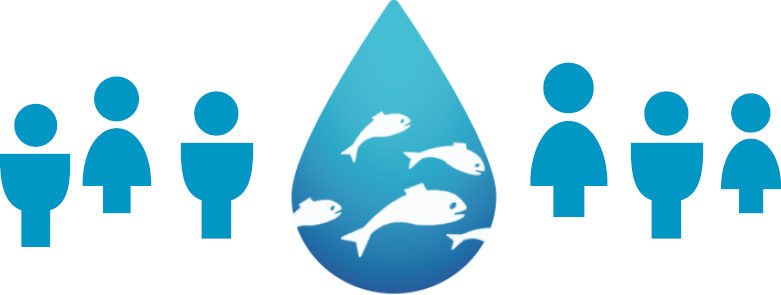Roles of aquatic foods in reducing malnutrition and food insecurity
Roles of aquatic foods in reducing malnutrition and food insecurity
 Contributor: Oluwatosin Abidemi Ogunkalu
Contributor: Oluwatosin Abidemi Ogunkalu
Title: PhD Candidate
Organisation: Omer Halisdemir University, Nigde, Turkey
Email: Ogunkaluoluwatosin1@gmail.com
Online profile: Linked-in | ResearchGate
Introduction
FAO defines food security as a safe means of approach for the population to obtain adequate food always. An individual requires proper health, conducive surroundings and nutrients for their continuous existence and this is firmly associated with the economic populace well-being of a country, community, and humans. The food safety of communities’ well-being in any society is a crucial concern for the country to develop their economy.
Importance of Aquatic Foods
Aquatic foods have a critical role in food security and nutrition in terms of food and nutrition availability, livelihoods, and income, particularly for some vulnerable and disadvantaged people. Aquatic foods are dense in several essential nutrients such as high-quality proteins, long-chain omega-3 fatty acids, calcium, iodine, iron, zinc, choline, vitamin A, B12 and D (Agbebi, et al.,2016; Kamau-Mbuthia, et al.,2023). These nutrients are considered to be beneficial for multiple health benefits, such as infant brain development and adult cardiovascular health; and some can boost the bioavailability of several other nutrients on the plate. Globally, aquatic foods are widely consumed and for nearly 3.3 billion humans, aquatic foods contribute to more than 20% of their animal protein source.
The nutritional and ecological diversity of aquatic foods implies that they may be gathered in a variety of situations and geographies to enhance local and regional food security and resilience in times of stress. Though big commercial fish species receive most of the attention, varied aquatic foods obtained from coastal and inland waterways, either crustaceans, seaweeds, oysters, cockles, or tiny fish, are critical to embedding climate resilience into food systems.
Global Consumption of Aquatic Foods
According to Garlock, et al., (2022), the global average per capita consumption of seafood is 20.21 kg per year. While consumption varies greatly by region and nation, many poor countries and small island states eat more than double the amount. Per capita consumption is increasing in several Asian nations where affluence, international commerce, and aquaculture are growing. In China, for example, consumption of aquatic food has more than quadrupled since 1990, rising from 11.2 kg per capita per year in 1990 to 38.0 kg per capita per year in 2018. This rise matches the growth in aquaculture, with China now accounting for around 57% of world aquaculture production and approximately 35% of global consumption of aquatic foods (Garlock, et al., 2022).
Reference
Agbebi, F., Kibogo, A., Ngirinshuti, L., & Mindje, M. (2016). Potentials of Aquaculture Production to Food Security in Rwanda.
Agriculture Organization of the United Nations. Fisheries Department. (2000). The State of World Fisheries and Aquaculture, 2000 (Vol. 3). Food & Agriculture Org.
Garlock, T., Asche, F., Anderson, J., Ceballos-Concha, A., Love, D. C., Osmundsen, T. C., & Pincinato, R. B. M. (2022). Aquaculture: The missing contributor in the food security agenda. Global Food Security, 32, 100620.
Kamau-Mbuthia, E., Lesorogol, C., Wamukota, A., Humphries, A., Sarange, C., Mbeyu, R., … & Iannotti, L. (2023). Sustainable aquatic food systems: Multisectoral analysis of determinants of child nutrition in coastal Kenya. Frontiers in Sustainable Food Systems, 7, 1091339.
Pradeepkiran, J. A. (2019). Aquaculture role in global food security with nutritional value: a review. Translational Animal Science, 3 (2), 903-910.
https://worldfishcenter.org/blog/vital-roles-aquatic-foods-global-food-system
